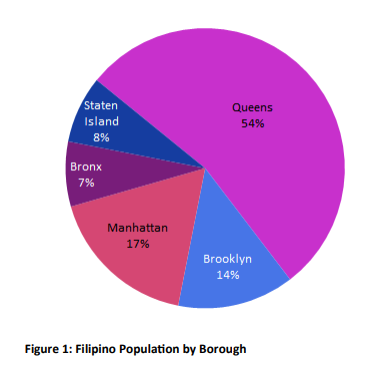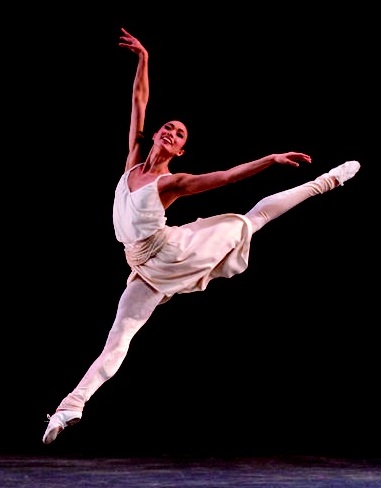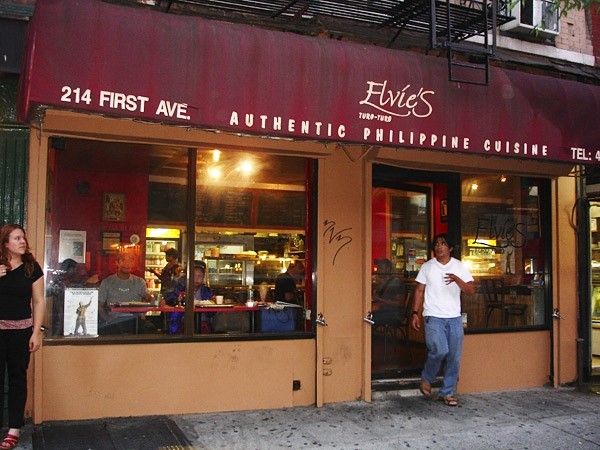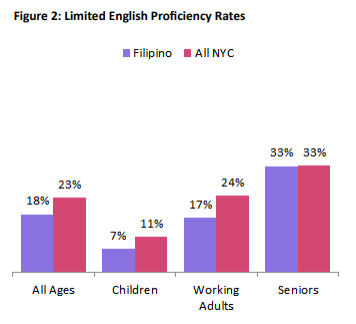Filipinos in NYC: Lowest poverty rate among AAPI, live in overcrowded housing
 By the Asian American Federation
By the Asian American Federation
New York City’s Filipino population was the fourth largest Asian ethnic group in New York City, behind Chinese, Indians and Koreans.
Relative to all residents, Filipinos in New York City were more likely to be:
• working-age adults,
• better educated,
• proficient in English,
• higher income, and
• living in overcrowded housing
Population
From 2010 to 2015, the Filipino alone or in combination population in New York City increased by 5 percent from 81,200 to 85,065 – a faster growth than the city’s overall 4 percent increase but less than the 13 percent growth of the total Asian population. The Filipino population alone population increased by 0.3 percent from 72,156 in 2010 to 72,398 in 2015.
New York City was home to 60 percent of New York State’s Filipino residents. The majority (54 percent) of Filipino New Yorkers lived in Queens. The remainder lived mostly in Manhattan and Brooklyn. The share of Filipino population among the five boroughs did not appreciably change from 2010 to 2015. The neighborhoods with the largest Filipino populations include Woodside, Elmhurst, Fresh Meadows, Jamaica Estates, and Queens Village in Queens Borough
In 2015, working-age adults (age 18 to 64) were a larger share of New York City’s Filipino population, comprising 69 percent, compared with 66 percent of all city residents. Children (under 18 years of age) and seniors (age 65 or older) each constituted 18 and 13 percent of the city’s Filipino population, compared with 21 percent and 13 percent, respectively, of the citywide population in those age groups.
Immigration and Citizenship
About 65 percent of New York City’s Filipinos in 2015 were foreign-born, compared to 37 percent of all city residents. Filipino immigrants in New York City were less likely to be recent arrivals with only 7 percent arriving in 2010 or later, less than the city’s 10 percent rate. Of all the city’s foreign-born Filipino residents, 62 percent were naturalized citizens, greater than the city’s 53 percent of all foreign-born New Yorkers.
Education
Filipinos in 2015 had more schooling than the city’s general population. Of the city’s 63,266 Filipino adults, only 5 percent had not graduated from high school, significantly lower than 20 percent of all adults citywide.2 Also, 3 percent of Filipino adults in New York City had less than a ninth-grade education – a third of the 10 percent rate for all adult New Yorkers. At the high end of the educational spectrum, 87 percent of Filipino adults in New York City had some sort of postsecondary education, greater than half (56 percent) of all city adults. About two thirds (65 percent) of Filipino adults in New York City had a bachelor’s degree or higher, almost double the rate of 36 percent for all city adults.
English Proficiency
New York City’s Filipino residents had a lower incidence of limited English proficiency (LEP) than New Yorkers as a whole in 2015.3 Less than two-fifths (18 percent) of the city’s Filipinos spoke English “well,” “not well” or “not at all” – less than the 23 percent rate for New Yorkers overall (Figure 2). Filipino seniors had LEP rates that matched the overall senior LEP rate for the city
Income
Filipino New Yorkers had higher incomes compared to New York City residents overall for all income gauges.4 The Filipino median household income was $86,935, greater than the $53,373 median for the entire city population. Median family income was $95,881 for Filipinos, higher than the city’s median family income of $59,285. Additionally, Filipino per capita income was $38,179 – above the per capita income of $33,078 citywide.
Poverty
The poverty rates for Filipino residents in relation to the total New York City population were lower overall. Among all Filipinos in the city, 9.2 percent lived below the poverty line, compared with the general New York City poverty rate of 20.6 percent. One in ten (9.7 percent) of Filipino children in New York City experienced poverty, compared with 29.5 percent of all city children. Also, 8.5 percent of working-age Filipino adults and 12.3 percent of elderly Filipinos in the city lived in poverty, lower than 18.1 percent and 18.8 percent, respectively, for residents city-wide in those age groups.
Health Insurance Coverage
Filipino New Yorkers were less likely to be without health insurance coverage, with only 9.6 percent uninsured, compared with 12.4 percent for the general population. Among children, only 2.7 percent of Filipinos were uninsured, compared to 3.6 percent of all children. Filipinos relied much more on private insurance options than the general population, with 74.4 percent of Filipinos having private insurance coverage compared to only 55.0 percent of all New Yorkers.
Housing
Filipino New Yorkers in 2015 had a larger average household size than households in general (2.98 people versus 2.65 people). Filipino households were slightly more likely to be overcrowded than households in general, with 11 percent of Filipino households and 9 percent of households in general having more than one occupant per room. Filipino households had higher rates of owning homes compared to New York City households in general. Almost two-fifths (38 percent) of households owned their homes, compared with 32 percent homeowners in the city overall.
This is one of a series of Asian American population profiles prepared by the Asian American Federation Census Information Center (CIC) to increase understanding of the rapidly growing and diverse Asian American population in the New York metropolitan area. For more information regarding this profile, please contact the Asian American Federation Census Information Center at (212) 344-5878 x219 or howard.shih@aafederation.org, or visit www.aafny.org/cic/.













